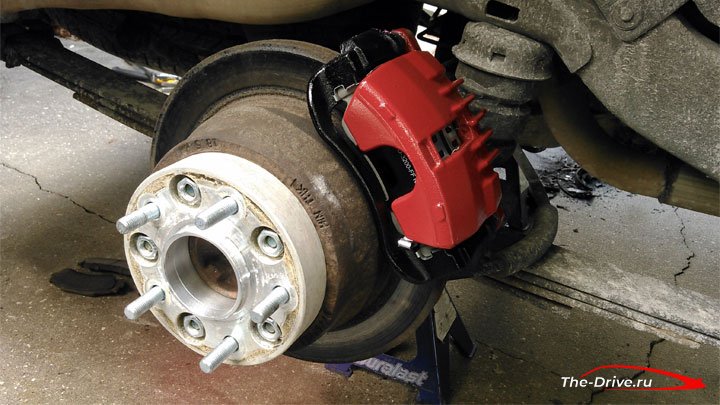
Symptoms of a bad or faulty wheel seal
Content
Common signs include bearing grease leaking, visible damage to the wheel seal, and noise coming from tires and wheels.
Until 1998, most cars sold in the United States included a two-piece wheel bearing system that attached each combination of tires and wheels to the car. This assembly included the hub assembly and wheel bearings within the assembly, allowing the tires and wheels to spin freely on the vehicle. Inside the bearing is a wheel seal that is designed to provide proper lubrication to the bearings and keep debris, dirt and other materials out of the bearings.
Wheel seals and bearings for pre-1998 vehicles are recommended to be serviced every 30,000 miles. This service typically includes removing the wheel seal and bearing from each hub, cleaning them, refilling with grease, and replacing any damaged seals. However, most car owners in the United States who have vehicles built in or before 1997 do not get this important scheduled maintenance. As a result, the likelihood of breakage or failure of the wheel seal increases. If this part wears out, it can damage the wheel bearings and will usually display several warning signs indicating that the bearing is wearing out or failing.
Listed below are some of the common symptoms of a bad or faulty wheel seal.
1. Grease leaking from bearings
The wheel seal must be very tight to the wheel and protect the wheel bearings from dirt, water and other debris that could cause damage. Inside the wheel bearing is a huge amount of grease, which keeps the bearings running smoothly, cool and free. However, when the wheel seal is loose, grease can and often leaks out of the wheel bearing. As the wheels spin, the centripetal force scatters this lubricant around the wheel hub and can seep onto the ground. If you notice that there is grease or something that looks like hard dirt near your car's tires, this could be a warning sign of a worn or broken wheel seal and should be inspected by a professional mechanic as soon as possible.
If the wheel seal is damaged or falls off, this will also damage the wheel bearings pretty quickly, so it's important to fix this as soon as possible. However, this symptom may also indicate a torn CV joint boot, which performs the same function as the wheel bearing oil seal. Either way, this is something that needs to be fixed sooner rather than later.
2. Visible damage to the wheel seal
This symptom is difficult to recognize for most car owners, but is easily recognized by tire, suspension, or brake mechanics. From time to time, the wheel seal will rub against potholes, objects under the vehicle, or debris on the road. When this happens, it can enter the wheel seal housing and cause the seal to break or dent the wheel seal. This can also be seen when the oil is changed by a technician. If the mechanic or technician completing maintenance on your vehicle told you that they noticed damage to the wheel seal, be sure to ask them to replace the seal and check the wheel bearings. In many cases, a damaged wheel seal can be replaced and the bearings relubricated and cleaned if found early enough.
3. Noises from tires and wheels
As stated above, when a wheel seal is bad, broken, or torn off, the wheel bearings are also quickly damaged. When a wheel bearing loses lubrication, the metal of the bearing will rub against the metal of the wheel hub. It will sound like a roar or grind, and its volume and pitch will increase as the car accelerates.
As with any of these symptoms or warning signs of a bad or faulty wheel seal, see your local ASE certified mechanic so they can quickly service, inspect, and diagnose the problem. A good rule of thumb to remember is to check and service your wheel bearings every 30,000 miles or during every brake job. This is especially important for front wheel drive vehicles, but should also include the rear axle. By proactively servicing your wheel bearings, you can avoid costly damage to wheel bearings and other wheel hub components and reduce the chance of an accident.
